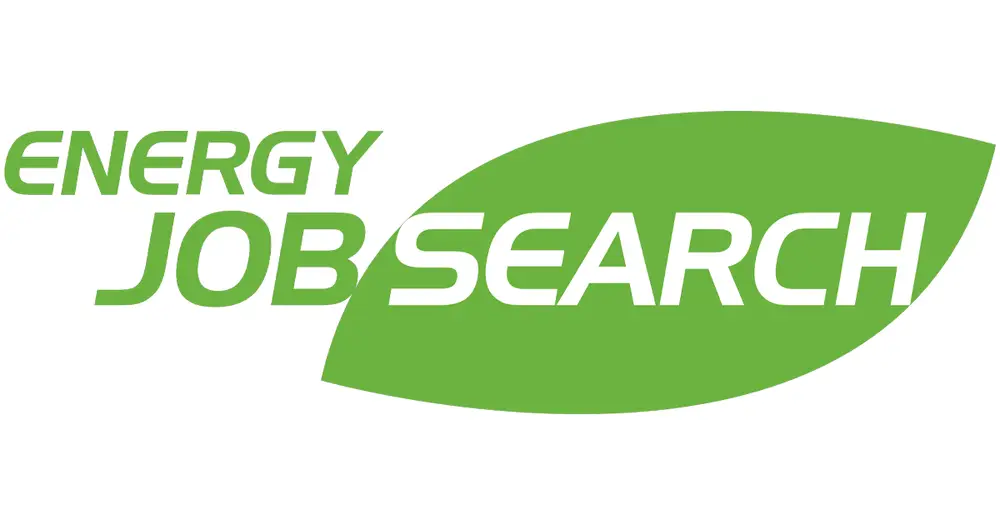The oil and gas industry faces an ever-changing landscape. Dynamically changing markets, increasingly strict regulations, and the increased demand for efficiency and sustainability demand that companies can stay agile and adapt to change.
One of the tools becoming more and more vital in helping companies become more adaptable is big data analytics in oil and gas industry. By using advanced analytics with large datasets, companies find new opportunities to optimize operations, reduce costs, and improve decision-making.
Here, we look closer at data analytics in oil and gas and how it’s reshaping the industry, highlighting key applications, benefits, and strategies to make it work for you.
Optimizing Exploration and Production
Exploration and production (or E&P) will always be central to the oil and gas business. However, with big data analytics, oil and gas companies can process seismic data, geological surveys, and reserver simulations more effectively and accurately.
Improving these processes directly reduces the time and cost of finding and extracting hydrocarbons.
The oil and gas industry already collects massive amounts of data from sensors and historical records. Advanced algorithms can process this data to predict the best possible drilling locations.
Using big data to enhance accuracy allows companies to minimize dry wells and environmental disruptions. This both improves profitability and sustainability.
Incorporating machine learning models helps companies better refine their understanding of reservoir behavior. More data is generated for exploration and extraction purposes. This data can be further integrated to make models more accurate and productive.
Enhancing Predictive Maintenance
The oil and gas industry is an equipment-intensive one. Equipment wear and tear, inefficiencies, and failures are a constant risk of downtime, not to mention safety risks. Data analytics in oil and gas industry applications like predictive maintenance, can address this.
Monitoring your equipment health through IoT sensors and real-time data feeds allows you to stay up to date on the condition of equipment across the board. In turn, you can accurately predict when and how machinery might fail.
With more comprehensive equipment data, you can invest in more predictive maintenance. Reduce your unplanned outages, lower your repair costs, and extend equipment lifespans by being better plugged into the condition of your equipment.
Companies that invest in predictive maintenance benefit from greater operational efficiency and safer work environments, reducing some of your major sources of operational cost.
Predictive maintenance also reduces environmental risks by preventing massive failures such as pipeline leaks or blowouts. These benefits go well beyond financial gain, helping you build regulatory compliance and public trust.
Improving Supply Chain Management
The efficiency of your supply chain directly influences the efficiency and profitability of your own operations. The intricacies of your business demand complex logistics, especially for global operations. As such, big data analytics in oil and gas industry often includes supply chain optimization.
Optimizing your supply chain performance includes gathering data and using it to provide actionable insights into inventory management, shipping routes, and demand forecasts. You can ensure that you’re keeping up with market conditions on the fly.
Companies use predictive analytics to minimize the impact of disruptions, like weather events or geopolitical instability. Streamlining your operations leads directly to cost savings, reduced waste, and a more satisfied customer base.
What’s more, data analytics also improves supply chain transparency, making it easier to monitor your materials from extraction to delivery. You can better survey the overall effectiveness and efficiency of your logistics, building accountability and confidence in your infrastructure.
Improving Energy Efficiency
As regulations threaten to become more strict and investor and consumer pressure grows, energy efficiency becomes even more critical for the oil and gas sector than it already was.
O&G businesses already have all the incentives they need to be more efficient to reduce costs, but the growing concept of environmental responsibility makes it an ever-more important topic to tackle. Thankfully, there are analytics tools to help with it.
These tools help companies analyze their energy consumption across the board, identifying patterns in facilities and processes that lead to waste, and providing a closer look at the inefficiencies holding your company back.
Using data-driven energy management strategies, companies can reduce their carbon footprint while improving their profitability. Advanced analytics also help companies transition towards renewable energy sources, finding the most profitable way to blend traditional operations with cleaner options.
Using energy consumption models powered by big data analytics oil and gas companies can recommend operational changes or equipment upgrades to improve energy savings. With recommendations based on real-time data, you can see the real-world energy consumption impact every change makes.
Keeping Your Workforce Productive
Data-driven tools improve productivity and efficiency across the entire workplace. This includes the work of employees at every level of the company. For instance, field workers use mobile apps to access real-time data, while analysts can better track the KPIs of teams across the whole company.
The tools provide teams with actionable insights into work processes as well as infrastructure challenges that can better allow them to adapt, collaborate, and work more efficiently. Training employees to better use the analytic tools can help them become more agile and innovative.
Data analytics can also help managers and trainers better identify the issues the team has at large. Whether it’s addressing certain safety issues in the workplace, inefficient tools being used, or a lack of training in certain skills, you can better identify and fix the things holding your workers back.
Moreover, gamification of analytics training programs can boost employee engagement, ensuring that teams quickly adapt to new technologies and processes.
Enhancing Safety and Risk Management
Safety is always a major priority in the oil and gas industry. With the right data analytics, companies can monitor risks in their workplaces in real-time. Machine learning algorithms can identify issues that could become potential safety hazards, like pipeline leaks and equipment malfunctions.
Predictive models also assess risks related to natural disasters, cyberattacks, and regulatory compliance. This helps companies become much more aware of the different risks that could affect their operations and prompts them to take action to safeguard their workers and assets.
The industry is also seeing the development of augmented reality (or AR) technologies that make use of analytics data. With these tools, workers can better see context-specific safety information, reducing on-site risks and helping to improve response times during emergencies.
Improving Decision-Making Across The Board
Any company working in the oil and gas sector undertakes a massively complex operation. As such, they are likely to generate immense volumes of data every day. Being able to turn all of this information into actionable insights can be downright impossible without the right technology.
Big data is all about processing and analyzing massive quantities of data and making it usable, streamlining decision-making by providing you with accurate, real-time insights based on more data than any person could process alone.
From setting your production targets to evaluating potential investment opportunities, analytics tools allow you to make better-informed choices more quickly. With data-driven decision-making processes, companies can become more competitive and agile in a rapidly evolving industry.
What’s more, the development of visualization platforms in the space makes it easier to explore complex datasets in more intuitive and readable formats. Data interpretation no longer has to be something that only the experts can do, allowing decision-makers to strategize with the help of reliable evidence that they directly understand.
Supporting Sustainability Goals
Sustainability is becoming more and more of a priority in oil and gas companies. As mentioned, both regulatory and public pressures are urging companies to manage their environmental impact more actively and big data analytics in oil and gas can help them do that.
Companies can gather and analyze data on greenhouse gas emissions as well as resources, and even the potential impact of adopting cleaner technologies. This data can be used to provide insights into which transformations result in greater sustainability while still keeping the costs of those adoptions low.
Aligning their operations with sustainability goals helps oil and gas businesses comply with increasingly tight regulations while strengthening their reputation with the public and potential investors.
Analytics tools also help companies model the long-term environmental impact of projects they are currently working on. With this foresight, they can implement changes that are both profitable and more responsible for their environment.
Can You Use Big Data Analytics To Improve Your Operations?
The potential transformative power of big data analytics in oil and gas is not to be underestimated. It can reshape how companies operate from top to bottom, from basic operation optimization to sustainability initiatives, workplace safety, and much more.
Big data is changing the future of the industry. By embracing the advanced analytic tools and massive datasets already at your company’s disposal, you can use them.
Harnessing the power of data analytics will keep oil and gas companies agile enough not just to survive but thrive through the many challenges and changes ahead of them.









